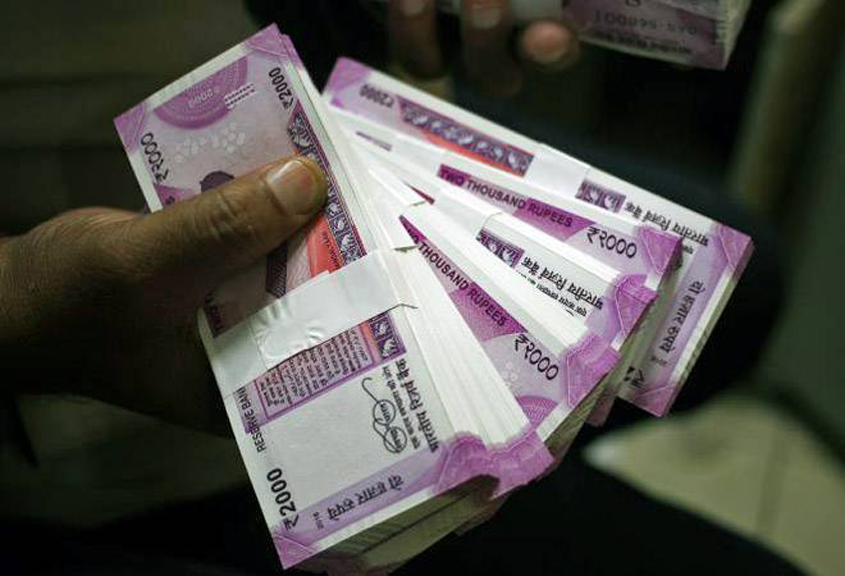So the government is waiting for banks to complete their asset review before taking a call on the recapitalisation and “if more funds are needed, it would certainly looks for ways to mobilise those resources”, says the official. There is a strong perception that not all bad loans have been honestly acknowledged by banks. “There are still some skeletons hidden in banks’ balance sheets that they are shy of revealing,” says India Ratings & Research. Besides the recapitalisation requirement, banks are also needed to raise more (liquid) capital to make themselves Basel 3 compliant by 2019. Dilution of the government’s own stakes in Public Sector Banks (PSBs) is one such tool which may be deployed to raise the needed money from the market. The government is yet to lay out a clear roadmap to deal with the situation.
The idea of creating the bad-bank which would assume much of the stressed assets from the banks’ balance sheets suggests that the government wants to address the NPA issue seriously. Out of the current estimates of bad loans, nearly four fifth sits with the PSBs. And “the debt of the top ten stressed corporate groups has actually tripled in the past six years to reach Rs. 8.5 lakh crore”, says the government data. If the idea of bad bank does fructify, then transferring bad loans to the proposed bank would help PSBs concentrate mainly on their core obligation of providing credit to the real economy. This is expected to raise the profitability of banks as less provisioning would be required to cover loans that had gone bad. “We are in a really bad situation with ever increasing NPAs and the issue needs an early resolution,” says Dr. Jaijit Bhattacharya, partner with KPMG.
In a separate development, the Union Cabinet has approved the amalgamation of banks within the SBI family which is expected to bring down the cost of funds as well as the operating cost of the consolidated entity.

